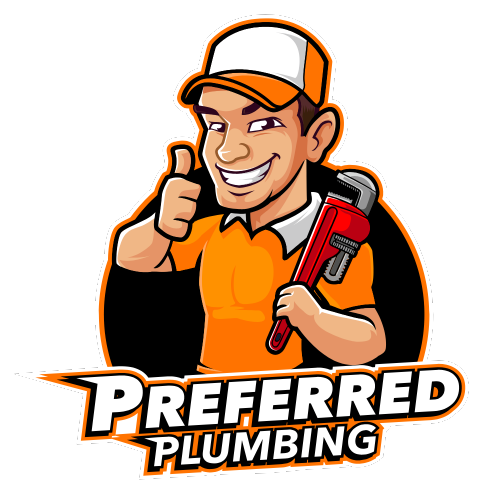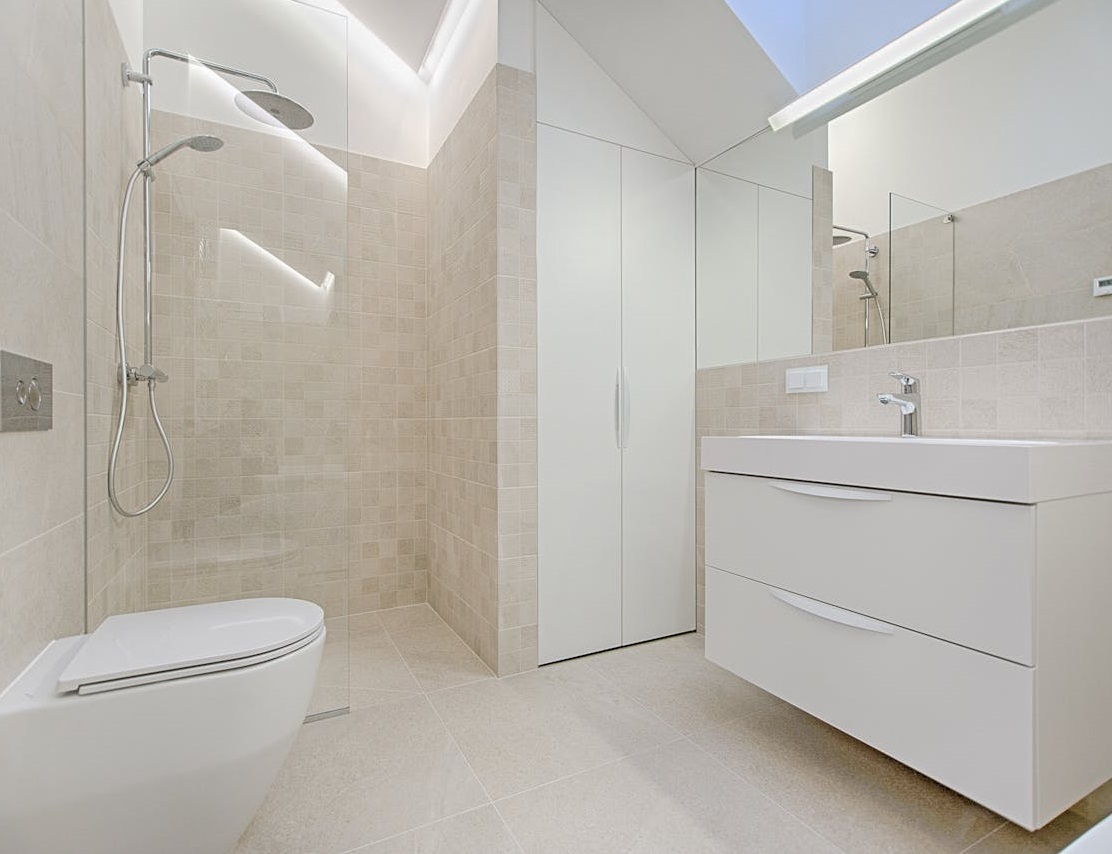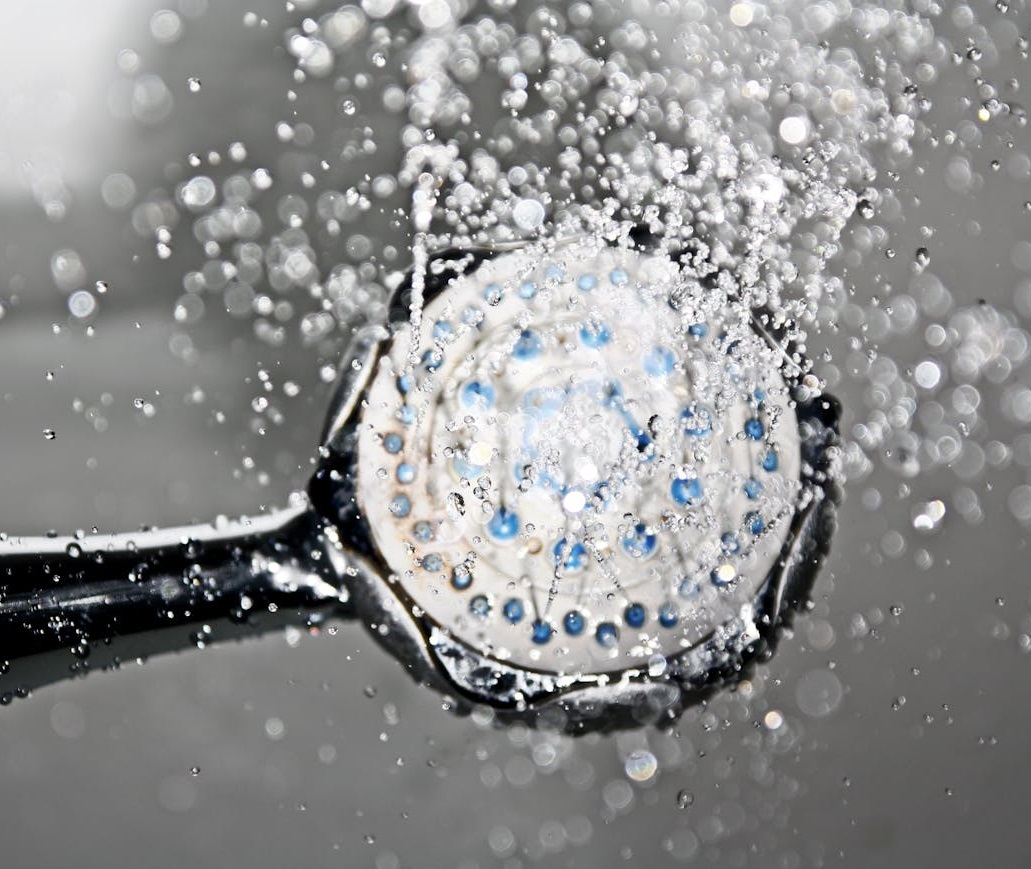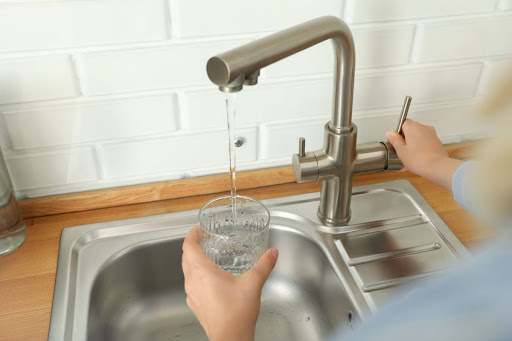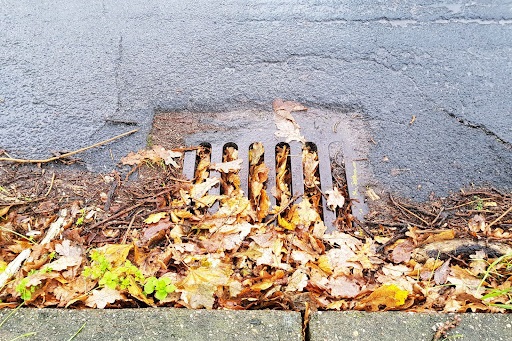Bathtubs have personalities. Freestanding and clawfoot types will boldly occupy a favored position in the bathroom. Alcove, drop-in and corner tubs are nestled against walls and integrated into the overall scheme.
Three-wall alcove tub-shower combinations are the most common tub type and are designed to maximize space.The unfinished ends usually get sandwiched between an exterior wall and a handy built-in storage cabinet.
A wall-mounted shower is a typical accompaniment.
Drop-in tubs are the tub shell only. They’re fitted inside a framed enclosure that’s finished to match bathroom cabinets or tile. An enclosure is a separate item, so budget accordingly.
Undermounts are drop-ins destined for floor-level installation. Flooring, such as tile, covers the lip of the tub.
Corner tubs are variations on the alcove and drop-in designs. Their large, squarish proportions are conducive to dual bathing.
Freestanding tubs feature a sculpted bathing bowl on a solid base or a cradle.
Clawfoot tubs invoke images of a grand Elizabethan era of soaking. The signature legs support tubs that are especially deep. “Slipper”-type designs feature a high back for supporting the head and neck.
- Jets and bubbles The whirlpool tub lives on, abetted by: in-line heaters that warm water as it circulates, preventing heat loss silent motor technology that greatly reduces the sound of the jets multi-speed settings to adjust the vigor of the jets foot massage jets mounted on underwater footrests bubble-only jets providing warmed air throughout the tub micro-bubble jets that fill the tub with champagne-like effervescence
- Chromatherapy Underwater LED lights change color to suit your mood. From peaceful pink to soothing blue, the choice is yours.
- Music Resonant speaker panels attached to the tub send sound through the water so you can feel the vibrations on your skin. Sync to the playlists you have on your computer.
- Digital controls Make it all happen with a built-in touch pad—control temperature, jet direction and flow, color and music.
- ADA compliant Common sense guidelines from the Americans with Disabilities Act make tubs safe for everyone. They include non-slip floor surfaces and wide edges for sitting and easing into the tub. Walk-in tubs are especially designed for those with limited mobility. A hinged door allows easy access, then seals shut while the tub fills.
CONSTRUCTION AND COSTS:
Tubs are made from many different materials, and most are available in all styles. Prices are all over the map, depending on the features you choose.
For example, a standard acrylic alcove tub starts at about $500. Add lights, heated bubbles, televisions, aromatherapy, and digital controls to a drop-in acrylic unit and the price can get upwards of $18,000.
- Acrylic, fiberglass and Vikrell In general, these are the least expensive options, readily available at home improvement centers. Wide selection of colors.
- Cast-iron Enamel finish offers many cool colors. Heavy cast-iron is a great heat sink, keeping bath water warm for long periods. Usually in the mid-price range, but you’ll need a couple of stout deliverymen.
- Copper The ultimate in fine bathroom couture. You’ll invite people over just to look at your tub.
- Enameled steel Moderately priced tubs with a well-deserved reputation for toughness that includes resistance to scratching and staining. Color choices are usually limited.
- Stone, wood, and volcanic ash Yes, it’s possible to have a tub carved from a block of travertine, limestone and other natural rocks. Or, fashioned of laminated walnut, pear, mahogany and others. Freestanding only to show off those amazing materials.
TOILETS:
When purchasing a new toilet there are many options, and things to keep in mind. Options include different heights, bowl shapes, styles, and flushing technologies. The best toilets also save water while still delivering worry-free performance. It’s also important to remember that just because your toilet is “broken,” doesn’t mean it can’t be repaired. Purchasing a new toilet doesn’t have to be your only option in some circumstances.
- Water-saving technology Toilets are flushing away about 30 percent of all residential water in U.S. homes, so it’s not surprising that water conservation remains a major issue. A 1995 U.S. Department of Energy standard limits new toilets to 1.6 gallons per flush. But while some low-flow models work well, others do not. That’s because to comply with the federal regulations on toilets’ water use, some manufacturers initially reduced the volume of water that discharges from the tank, without also making the necessary design adjustments. New designs have improved the performance of many models, but some still do not flush thoroughly.
- Gravity-flush toilets These are conventional toilets for residential use that have been engineered to use less water. When you press the knob, a flush valve opens and the water in the tank drains into the bowl through rim openings and a siphon jet. The force of the water pushes the waste through the trap and down the drainpipe. While they are usually less effective at removing solid waste than pressure-assist toilets (described below), gravity-flush toilets are generally less expensive and easier to maintain, because most use standard parts.
- Pressure-assist toilets Best suited for commercial use or in homes with poor drainpipe carry, these models use the pressure of the water supply to the toilet to compress air in an inner tank. When you flush the toilet, pressurized water is forced into the bowl, blasting waste down the drainpipe. Pressure-assist toilets have a distinctive whoosh sound that’s much louder than gravity-flush toilets, but they are more effective in removing solid waste.
Proudly Serving the Community
We’re proud to offer dependable plumbing services throughout Wisconsin, including:
- Brookfield
- Oconomowoc
- Pewaukee
- Delafield
- Menomonee Falls
- Waukesha
- Elm Grove
- Hartland
- New Berlin
- Muskego
- Bulter
- Sussex
- Dousman
- Big Bend
- Mukwonago
- Vernon
- Chenequa
- Nashotah
- Summit
- North Lake
- Lake Five
- Wales
- North Prairie
Contact us today to schedule an appointment!
TYPES OF SHOWERS, TUBS, AND TOILETS
- Prefabricated Showers
- Custom Showers
- Installing a Custom Shower Pan and Tile
- Steam Showers
Steam shower manufacturers are focusing on the home spa market, offering homeowners a range of products from complete steam shower units to equipment that can add steam capabilities to a conventional shower. These products offer a great way to install steam showers in residential bathrooms for the ultimate in comfort and luxury

